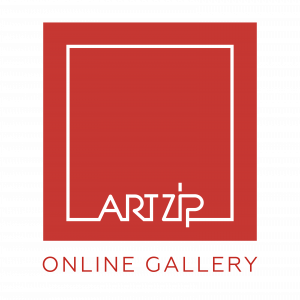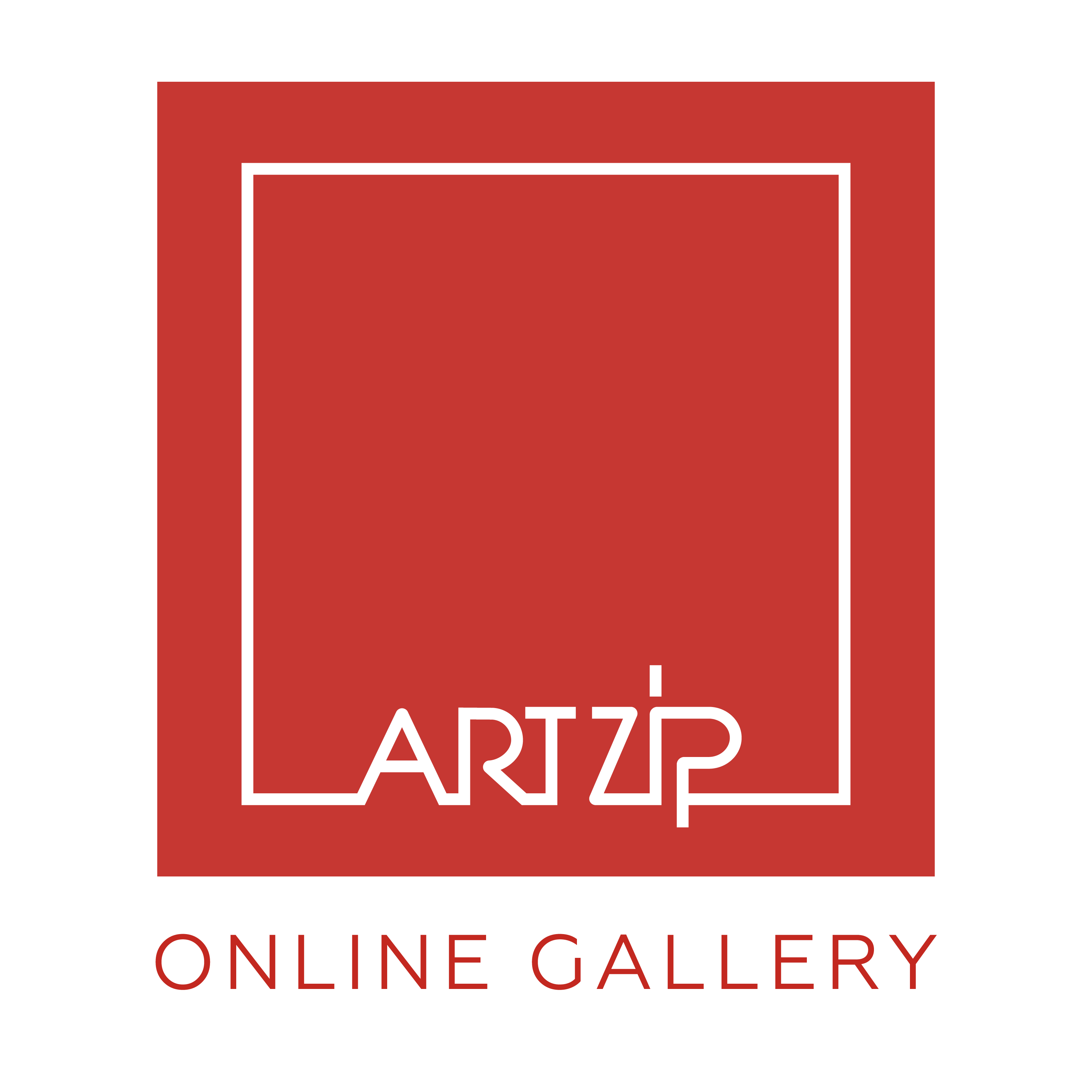Oleg Lang (1950–2013) born in the city Novomoskovsk, in the region of Tula. Graduate of the Surikov Art Institute in Moscow, Oleg Lang has managed to develop a unique artistique style. He was recognised as an outstanding painter already in the 1980s. His artistic trajectory is very individual, even though it can evoke certain associtions — now with «refined» primitivism, now with the brutality of «the New Fauves». For Lang, painting is a universal language, that has never lost its relevence and is still efficient. Using this language the artist, as in former times, can render anything he likes: from personal emotional experiences and childhgood memories to twists of world history, from non-representational improvisations to reviewing canonical motives of classical art.
The uniqueness of plastic moves is the necessary precondition for all Lang’s compositions — ranging from tiny, not more than several square centimetres large, to ten metres large canvases. His development never stops, however it is not progressive evolutionalry development. As language life or art evolution, this movement has no aim. For Lang, painting is the artit’s «direct speech», whose intonations may vary, but whose integrity is secured by the subject — the unity of human and creative freedom.
Since 1975, has been regularly participating in all-union, republican and Moscow exhibits. A member of the USSR Union of Artists since 1982. In 2010, Lang became a correspondent for the Russian Academy of Art.
Works in Collections:
The State Tretyakov Gallery, Moscow, Russia
The State Russian Museum, St. Petersburg, Russia
Erarta Museum of Contemporary Art, St. Petersburg, Russia
Moscow Museum of Modern Art, Russia


























